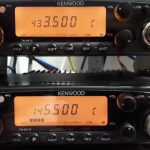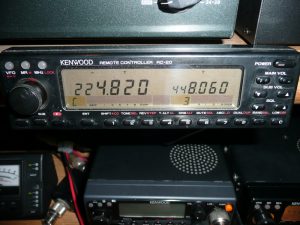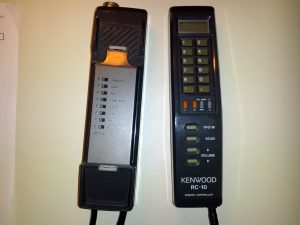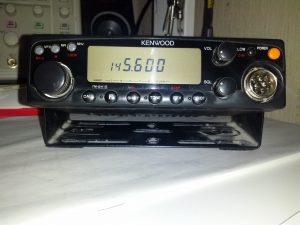TM-241 / TM-441 – Correspondance S-RF et dBm
Ludo | 2 mai 2021
À toutes fins utiles, voici les correspondances entre l’indication des bargraph et le niveau de signal injecté avec le banc radio sur la fiche d’antenne de ces postes. Ces relevés ont été effectués après avoir calibré les S-mètres comme indiqué dans les manuels d’alignement de Kenwood.
| TM-241 | TM-441 |
| S0: < -123.5dBm S1: -123.5dBm S3: -119.3dBm S5: -114.7dBm S7: -109.8dBm S9: -105.7dBm S9+20: -100.4dBm S9+40: >-93.6dBm |
S0: < -120.9dBm S1: -120.9dBm S3: -116.6dBm S5: -111.7dBm S7: -107.7dBm S9: -103.2dBm S9+20: -98.4dBm S9+40: >-91.6dBm |











